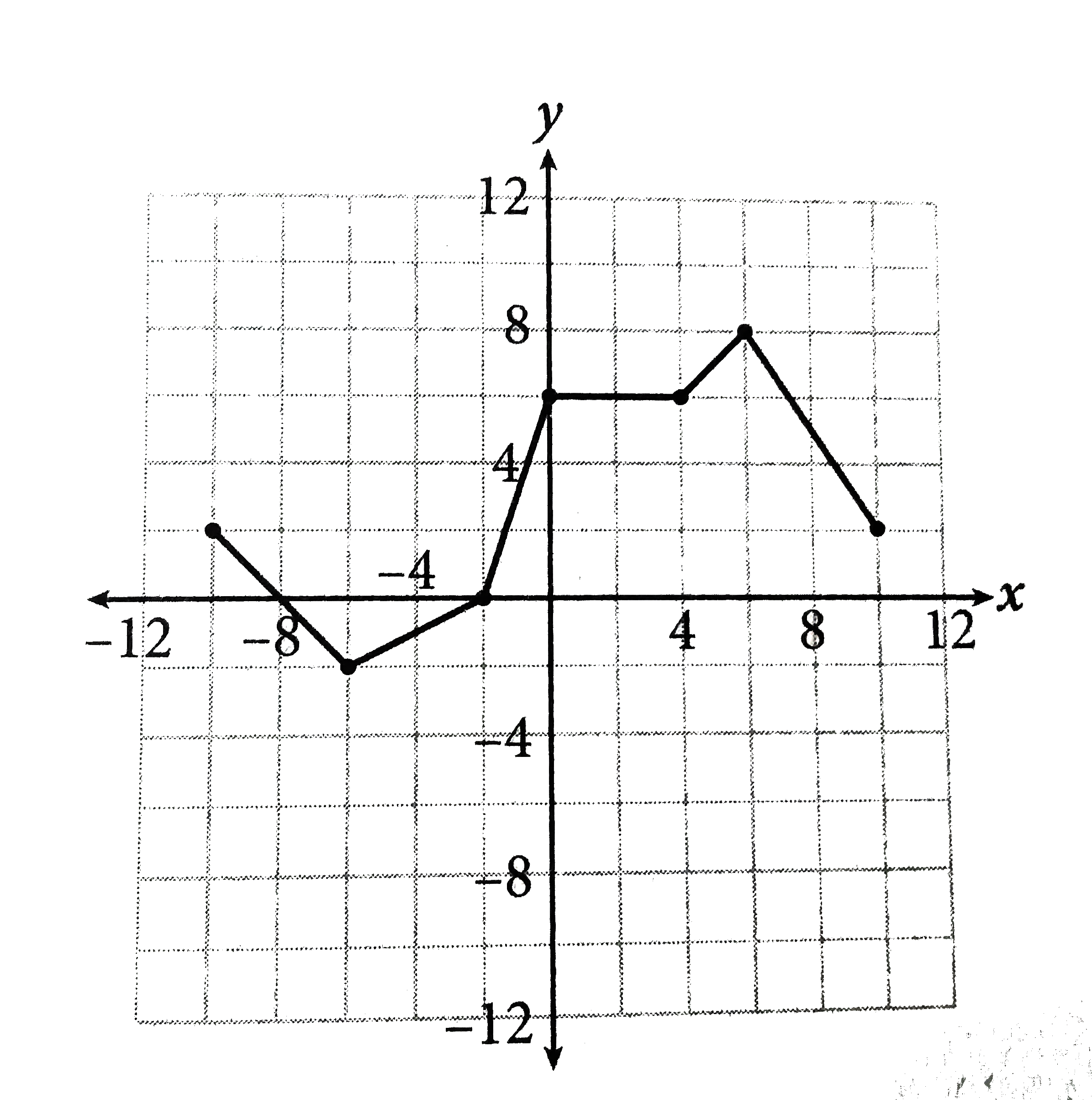Let the function q be defined by q(x)=a(x−h)2, where h is a positive constant, and a is a negative constant. For what value of x will the function q have its maximum value?
−h
−a
a
h
The correct Answer is:D
To find the value of x for which the function q(x)=a(x−h)2 has its maximum value, we can follow these steps:
Step 1: Understand the function
The function q(x)=a(x−h)2 is a quadratic function in the form of a(x−h)2, where a is a negative constant and h is a positive constant.
Step 2: Determine the nature of the quadratic function
Since a is negative, the parabola opens downwards. This means the function will have a maximum value at its vertex.
Step 3: Identify the vertex of the parabola
The vertex of the function q(x)=a(x−h)2 occurs at x=h. This is because the expression (x−h)2 reaches its minimum value (which is 0) when x=h.
Step 4: Calculate the maximum value of the function
Substituting x=h into the function:
q(h)=a(h−h)2=a(0)2=0
Thus, the maximum value of q(x) is 0, which occurs at x=h.
Conclusion
The value of x for which the function q(x) has its maximum value is:
h
---
The function q(x)=a(x−h)2 is a quadratic function in the form of a(x−h)2, where a is a negative constant and h is a positive constant.
Since a is negative, the parabola opens downwards. This means the function will have a maximum value at its vertex.
The vertex of the function q(x)=a(x−h)2 occurs at x=h. This is because the expression (x−h)2 reaches its minimum value (which is 0) when x=h.
Substituting x=h into the function:
q(h)=a(h−h)2=a(0)2=0
Thus, the maximum value of q(x) is 0, which occurs at x=h.
The value of x for which the function q(x) has its maximum value is:
h
Similar Questions
Knowledge Check
- Question 1 - Select One
Let the function f be defined such that f(x)=x2−c, where c is constant. If f(−2)=6, what is the value of c?
A−10B−2C0D2 - Question 2 - Select One
Let the function g be defined by g(x)=5x+2. If √g(a2)=6, what is the value of a?
A1√6B1√2C345D685 - Question 3 - Select One
For all real numbers x, let the function g be defined by g(x)=p(x−h)2+k, wher p, h and k are constants with p,k>0. Which of the following CANNOT be true?
Ag(7)=−hBg(7)=2Cg(0)=−2Dg(0)=2
Prove that the function f:Q→Q given by f(x)=2x−3 for all x∈Q is a bijection.
View SolutionThe number of values of x where the function f(x)=cosx+cos(√2x) attains its maximum value is
View SolutionLet the function h be defined by h(x)=√x+2. If 3h(v)=18, then which one of the following is the value of h(v4) ?
View SolutionIf function h is defined by h(x)=ax2−7andh(−3)=29, what is h(12)?
View SolutionLet a function of 2 variables be defined by h(x,y)=x2+3xy−(y−x), what is the value of h(5,4)?
View Solution


